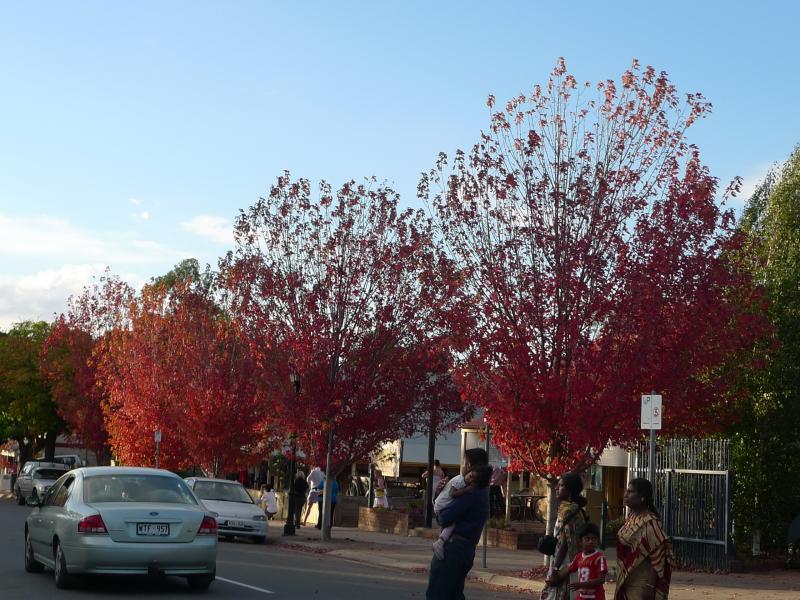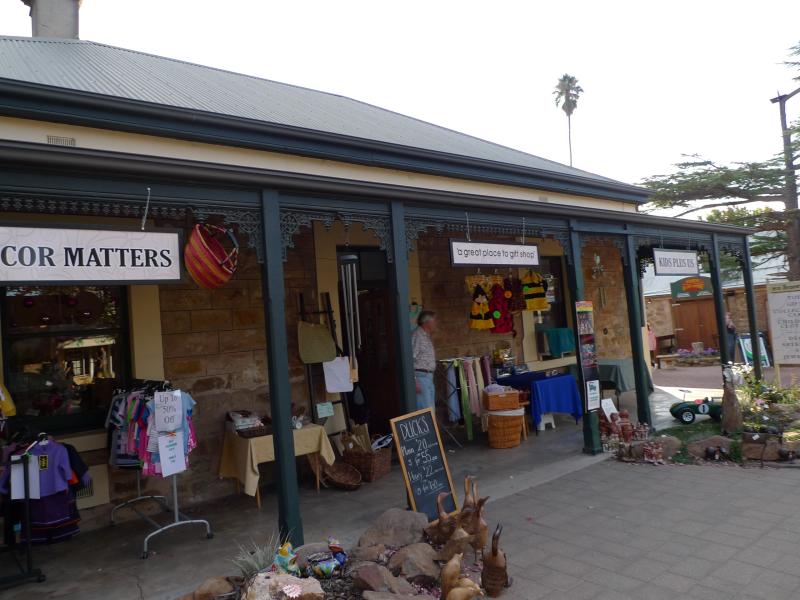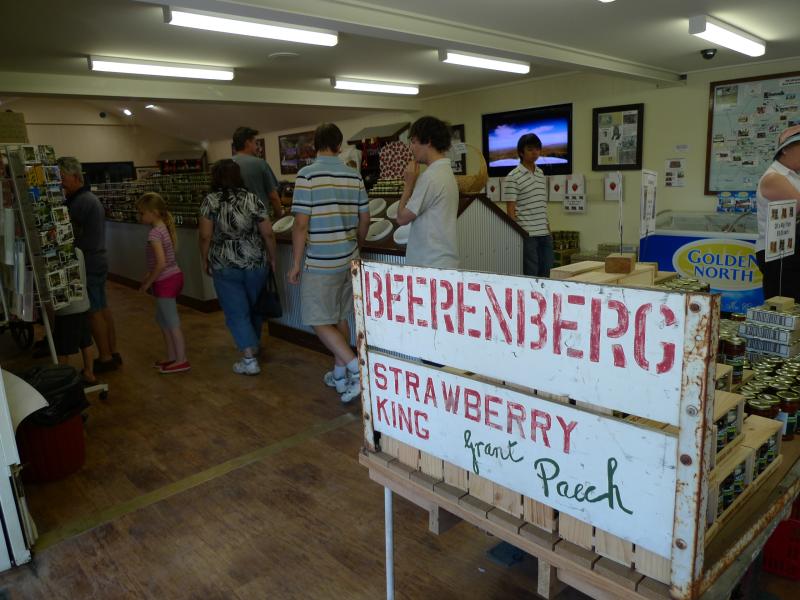International Museum Day or more affectionately IMD’09 is upon us yet again. This year’s nine-day celebration revolves around the theme of ‘Holiday Fun at Home’ and features 40 activities that promises lots of sensory pleasures for children of all ages. Specially catering to kids and families, it features a wonderful smorgasbord of entertaining yet enriching activities specially designed to pique the sense of wonder and curiosity of your little ones.
Even as I write, a couple of exciting programmes and events are already ongoing. Do check out Yesterday.sg to keep updated on what’s happening at our museums this year. Read all about Singapore’s last leopard, participate in the various children’s programmes at our national museums, or take note of the blow by blow account of what you can do in a week. Some of the cool stuff you can do this year include meeting Phua Chu Kang and his family at the Singapore City Gallery, learn about environmental sustainability at the Marina Barrage and Newater Visitor Centre, or reliving the genius and artistry of the legendary Renaissance artist cum inventor Leonard da Vinci!
Just in time for the opening of Angels and Demons (and Night at the Museums 2) I suppose… 😉









